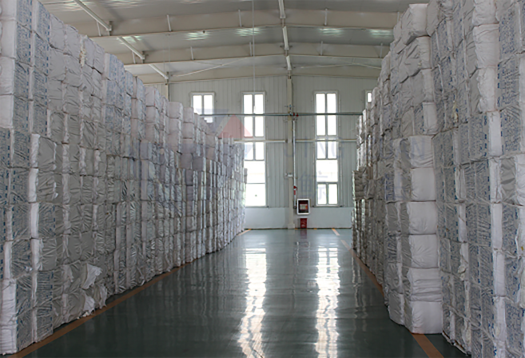
okt . 31, 2024 16:31 Back to list
Applications and Benefits of Hydroxypropyl Methyl Cellulose in Various Industries
Understanding Hydroxypropyl Methylcellulose (HPMC) Properties and Applications
Hydroxypropyl Methylcellulose (HPMC) is a synthetic polymer derived from cellulose, which is a natural polymer obtained from plant cell walls. HPMC is widely utilized in various industries due to its unique physicochemical properties, making it a versatile ingredient in food, pharmaceuticals, construction, and cosmetic formulations. This article delves into the characteristics, benefits, and applications of HPMC, highlighting its significance in modern industries.
Properties of HPMC
HPMC is a white, odorless powder that is soluble in water and forms a gel-like consistency upon hydration. It is characterized by a range of molecular weights and hydroxypropyl-to-methyl substitution ratios, which influence its viscosity and solubility. The presence of hydroxyl and methoxy groups allows HPMC to interact with water, leading to its excellent thickening, binding, and film-forming properties.
One of the critical features of HPMC is its temperature sensitivity; it exhibits sol-gel transitions, where it can change from a liquid to a gel depending on temperature changes. This property makes it valuable in delivering controlled release formulations in pharmaceuticals and other applications where temperature fluctuations occur.
Applications of HPMC
hydroxypropyl methyl cellulose hpmc

1. Pharmaceuticals In the pharmaceutical industry, HPMC is widely used as a binder in tablet formulations and as a thickening agent in liquid medicines. Its ability to form a gel at specific temperatures also makes it ideal for designing controlled-release drug formulations. HPMC is preferred due to its non-toxic nature and compatibility with various active pharmaceutical ingredients.
2. Food Industry HPMC is utilized as a food additive, specifically as a thickener, emulsifier, and stabilizer. It helps improve the texture and consistency of food products such as sauces, dressings, and dairy items. Its functionality extends to being a fat replacer in low-fat food formulations, contributing to a desirable mouthfeel without adding calories.
3. Construction In the construction industry, HPMC is an essential component in cement-based products, including tile adhesives and drywall compounds. It enhances workability and water retention, ensuring optimal adhesion and performance of construction materials. Additionally, it helps extend the shelf life of premixed compounds, making them easier to apply and use.
4. Cosmetics and Personal Care HPMC's thickening and film-forming capabilities make it an ideal ingredient in a variety of cosmetic products, including lotions, creams, and hair gels. It provides a smooth texture and enhances the stability of formulations by preventing separation of ingredients.
Conclusion
Hydroxypropyl Methylcellulose (HPMC) is a remarkable ingredient with a broad scope of applications across numerous industries. Its unique properties, including water solubility, viscosity control, and thermal sensitivity, contribute to its extensive usage in food, pharmaceuticals, construction, and cosmetic formulations. As industries continue to innovate and seek versatile components, the significance of HPMC is poised to grow, further establishing its role as a fundamental polymer in various applications.
-
Versatile Hpmc Uses in Different Industries
NewsJun.19,2025
-
Redispersible Powder's Role in Enhancing Durability of Construction Products
NewsJun.19,2025
-
Hydroxyethyl Cellulose Applications Driving Green Industrial Processes
NewsJun.19,2025
-
Exploring Different Redispersible Polymer Powder
NewsJun.19,2025
-
Choosing the Right Mortar Bonding Agent
NewsJun.19,2025
-
Applications and Significance of China Hpmc in Modern Industries
NewsJun.19,2025







